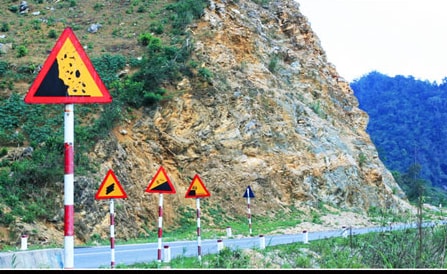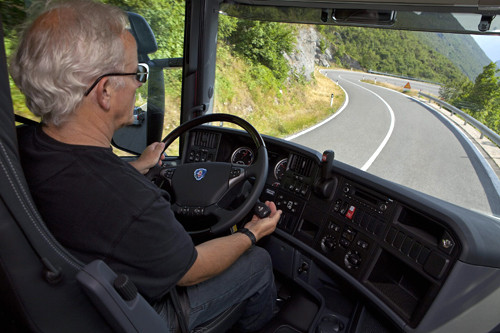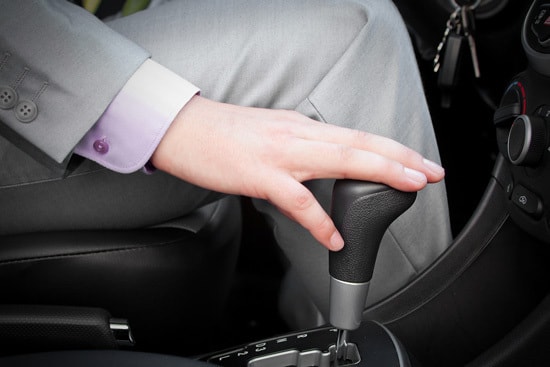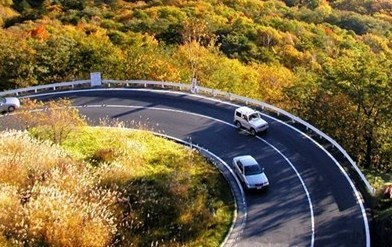6 tips for driving downhill safely
(Baonghean.vn) -Not only for amateur drivers, steep mountain passes are always a challenge for professional drivers. On these roads, it is important that you have a firm grasp of handling techniques to safely drive downhill.
1. Obey traffic laws and signs
For safety reasons, steep passes always have a system of signs and convex mirrors close together. Drive at the correct speed limit, obey the signs, consider and evaluate visibility, space, and speed when you want to pass the vehicle in front. Signal to ask to pass. When driving, you should keep your mind stable because temporary emotions can affect the driver's psychology, judgment, and handling ability.
 |
2. Keep a reasonable speed
If you are driving on a mountain pass in a group and see the car in front of you speeding up and cornering smoothly, remember that they have good skills and a lot of experience going downhill, so you should not follow at that speed, just one wrong handling can be life-threatening.
Go at a speed that feels safe and comfortable for you, slowing down if you feel like the car is going too fast.
The most reasonable speed when going downhill is the speed that the driver can control with the least use of brakes, at that time the car will go downhill by using the throttle and relying mainly on the car's inertia.
Always stay in your lane when driving on mountain roads. Especially avoid cutting corners where there are solid lines, these are corners with limited visibility and are very prone to accidents.
 |
3. Braking technique
On steep mountain passes, the brakes play an even more important role. Before each trip, take the time to check the vehicle's braking system such as seat belts, brake pads, deceleration assist components, and power steering fluid.
Never apply the brakes continuously. Use other vehicle systems to slow down the vehicle. When applying the brakes continuously and frequently, the brake pads are rubbed, the brake system heats up, the brake fluid boils, causing many dangers to the vehicle and the driver.
4. Combination of mechanical brake and gear brake
This is one of the techniques that has been passed down by many experienced drivers. Many new cars are equipped with automatic transmission systems instead of manual transmission, but both types of cars are supported by engine braking function when going downhill. Therefore, when driving on long steep slopes, drivers should not use the highest gear, and combine using the mechanical brake.
Automatic cars should never be in N because the car will drift.
 |
5. Use reasonable numbers
You should drive the car in low gear, do not brake suddenly, let the car drift or change speed suddenly. When the automatic car drifts, immediately apply the brake, and at the same time move the gear stick down to the next lower gear.
For manual transmission vehicles, before reaching a steep pass, depending on road and weather conditions, put them in the appropriate gear. Disengage the clutch when braking with the gearbox quickly so that the clutch is not interrupted for too long.
 |
6. Always stay on the right side of the road
When driving down a winding slope (a “sleeve” curve): always stick to the right side of the road, do not drive fast to limit the centrifugal force pushing the vehicle out and causing it to flip or not brake in time, leading to the vehicle being thrown off the cliff.
 |
You should check your car before going downhill to make sure it is in the best and safest condition. Maintain your car on time to control the quality of your brake system or tires, repair and replace damaged areas promptly. Check tire pressure, tire wear, coolant, car lighting system... before going on the road./.
Ngoc Anh
(Synthetic)
| RELATED NEWS |
|---|
